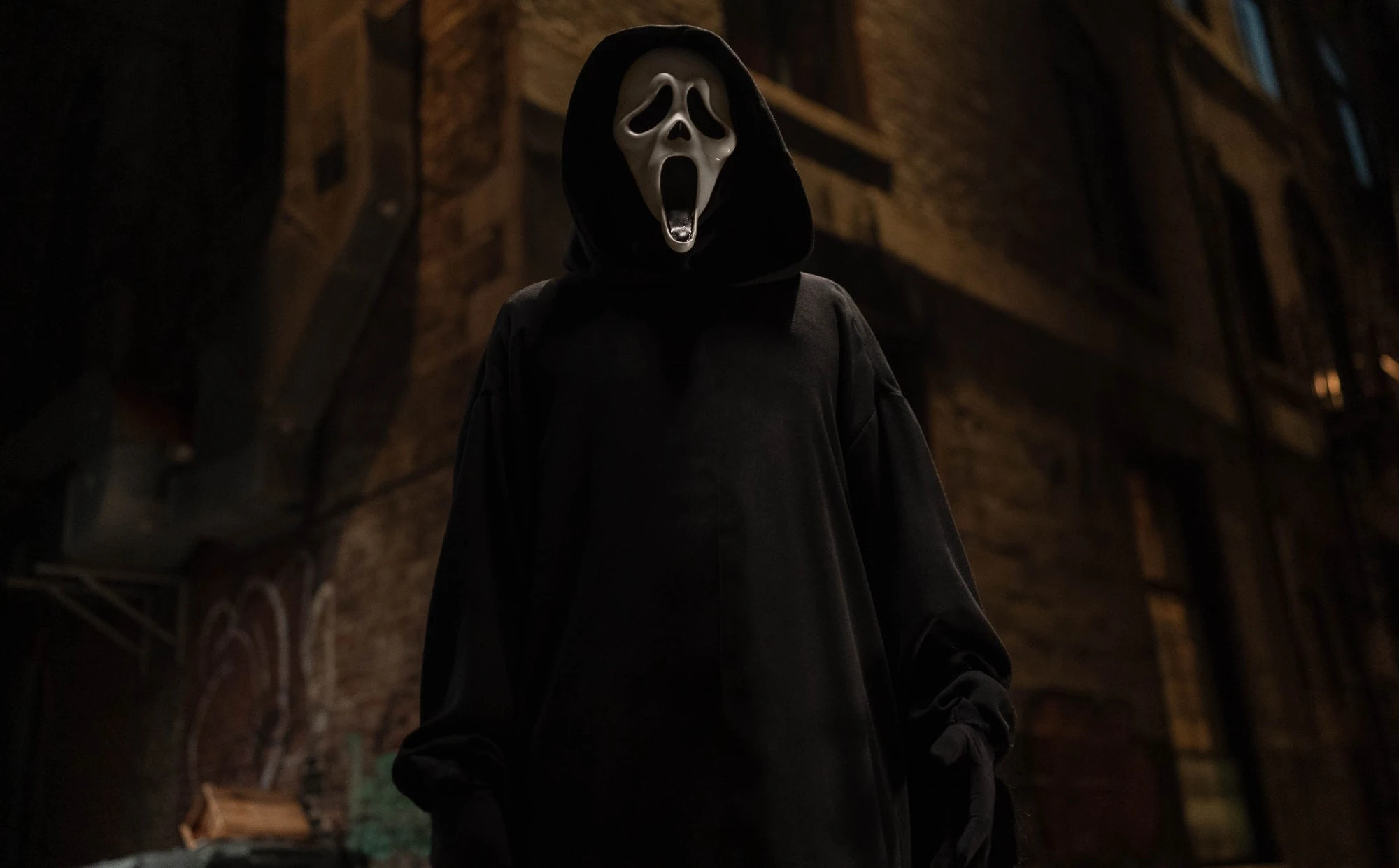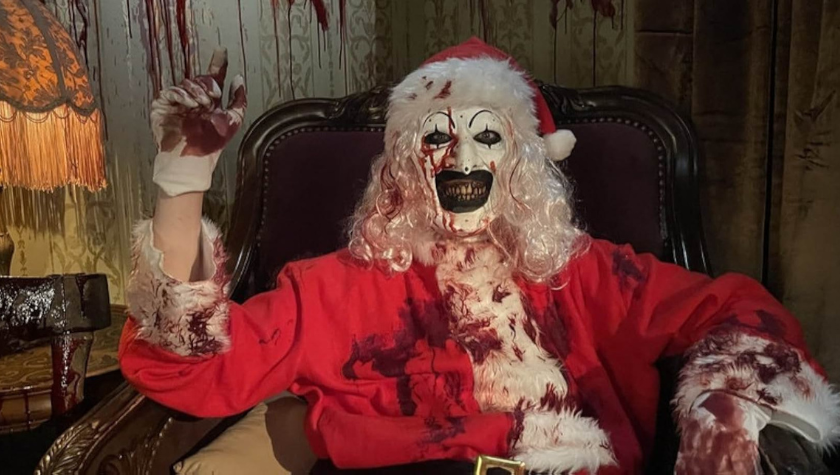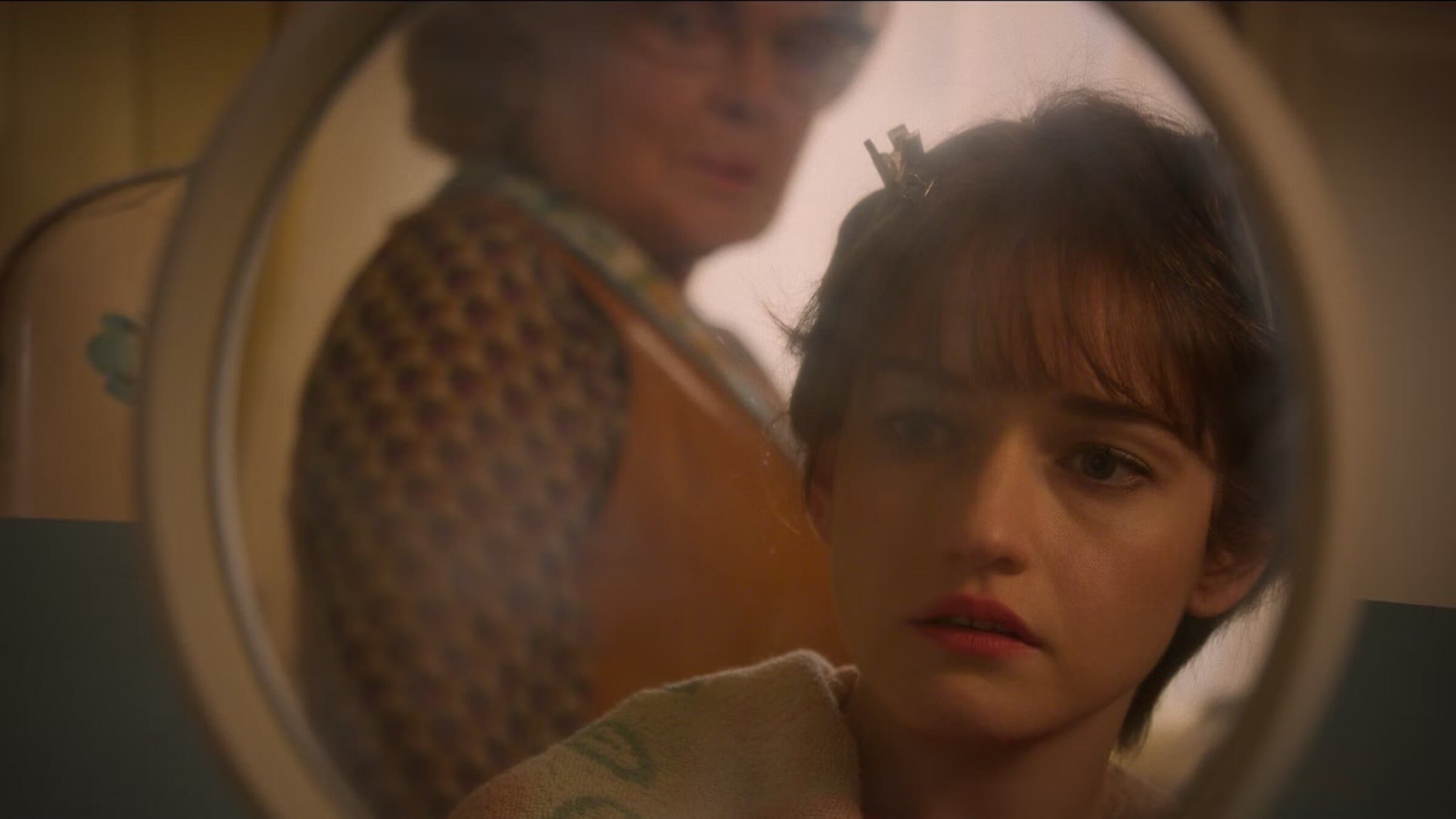The Horror Spec: How to Write a Horror Movie
October 3, 2018
| Photo Credit: Courtesy of CBS Films |
Horror movies are big business in Hollywood — with films like Get Out and A Quiet Place not only topping the box office but garnering critical acclaim, the industry is looking for the next hot horror spec. If you’re thinking about delving into the dark corners of the genre, here are 10 tips to help make your script successful and, above all else, scary (be warned, there are spoilers below).
-
How to Pick a Subgenre of Horror Movies
Before you start, it’s important to know exactly what kind of movie you are writing. Is it a monster movie like A Quiet Place? A slasher film like Friday the 13th? A supernatural thriller like Mama? A horror-comedy like Shaun of the Dead? Here’s a handy list to help you decide on the subgenre that fits your story best.
-
Making a Low-Budget Horror Film
Producers and studios love horror movies because you can make them for little money — many low-budget horror movies have gone on to make millions at the box office. Paranormal Activity, for example, was made on a budget of $15,000. The film went on to gross over $100 million in the United States alone. For Get Out, the budget was $4.5 million and at the box office, it earned $250 million.
Keep your script low-budget by thinking about ways to cut costs as you write it. If your film requires say, a monster to destroy an entire city like in Godzilla, it may be difficult to get a producer interested.
-
Put a New Spin on an Old Concept
Horror is a genre with tropes we see again and again: The band of survivors who come together after the apocalypse, the creepy kid who may or may not be possessed or demonic, the toy that comes to life and devastates the family. It’s okay to use these tropes, but think about new ways you can tell the story. For example, The Lost Boys was a new spin on vampire mythology, with vampires who were super cool like rock stars. Warm Bodies subverted the zombie mythology by making it a romantic comedy. Use well-established tropes, but give audiences something they’ve never seen before.
-
Use Existing Intellectual Property
There are plenty of well-known characters and stories in the horror universe that are public domain. For example, most of horror writer H.P. Lovecraft’s stories are in the public domain, as are stories by Edgar Allan Poe. An internet search will give you a list of preexisting intellectual property you can use (just don’t forget the advice about subverting old tropes, as these stories have usually been used countless times before).
-
Make Your Horror Movie Relatable
Hollywood loves stories about characters with whom the audience can relate; most haunted house movies are about families trying to protect each other from evil forces (think Insidious, The Conjuring and The Amityville Horror) and slasher films often show teenagers who are just trying to have a good time (Halloween, for example, and the upcoming Hell Fest).
Making your characters relatable means there will be a wide audience for your story. If you write a horror movie about a billionaire or a supermodel, it may be difficult for audiences to relate to and sympathize with the characters’ experiences.
-
Horror Movie Character Development
The best horror movies have characters we root for and care about. There’s nothing worse than watching a movie with one-dimensional characters that get picked off one by one and we don’t care because they exist purely for the purpose of being killed. Take the time to tell us about your characters; give us reasons to care about them. An American Werewolf in London is a great example of a film with likable characters that audiences care about, which makes the movie an emotional journey as well as a great scarefest.
-
Open With a Bang
Rather than going straight to character set up, use a scary set piece to suck in the audience. Halloween opens with a brutal murder, A Nightmare on Elm Street starts with Freddy Krueger sharpening his knife glove, and The Conjuring opens with the terrifying story of Annabelle, the possessed doll. Opening with a scary scene or set piece establishes the tone for the rest of your story; if the horror doesn’t come until much later, those reading your screenplay might question whether it is really a horror script.
-
Give People Something to Talk About
When people talk about horror movies, they usually talk about a scene that scared the hell out of them. You should aim to have at least two or three set pieces in your script that audiences will talk about long after your film is over. Try to make your set piece something nobody has ever seen before; it’s hard to talk about The Shining without immediately thinking of the woman in the bathtub or The Exorcist without remembering the foul obscenities and lewd acts of a nice young girl.
-
Subvert Expectations
As we’ve discussed, most tropes in horror films have been picked apart to death (so to speak), so horror movie fans love seeing something they’ve never seen before. Look at ways you can play with the expectations of the audience. In The Cabin in the Woods, we expect the heroes will want to save the world, and they subvert our expectations by allowing it to be destroyed. In The Descent, we expect our hero to forgive her friend for sleeping with her husband, but instead she leaves her to die in the cave. Subverting expectations gives your script a fresh feeling and will make it more attractive to a buyer.
-
Scare ‘em!
The number one purpose of a horror film is to scare your audience. Different people are scared by different things, which gives the horror writer ample material to play with. Whether its clowns or spiders or the woods, the world is full of things that terrify people. You may even take something that isn’t scary and imbue it with menace, like a harmless doll that is possessed by an evil spirit or a nice dog that gets rabies and attacks its owners. As a horror writer, if you haven’t scared your audience, you haven’t done your job. So mine your own fears for what scares you — chances are it will scare someone else, too.
Written by: Final Draft




